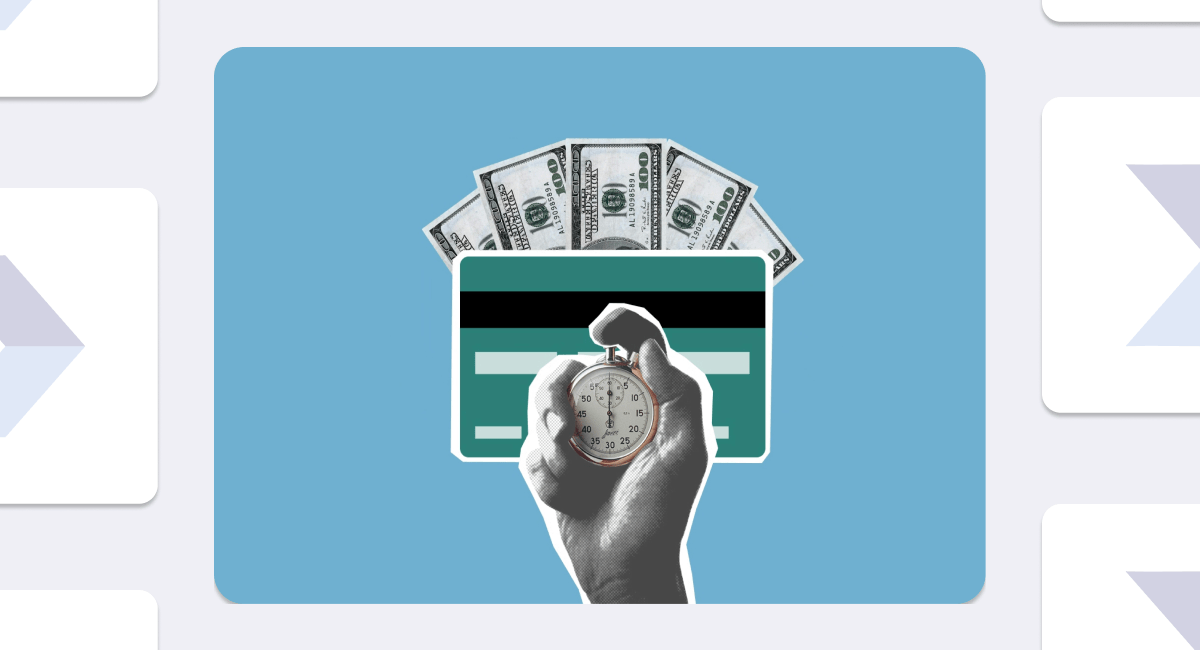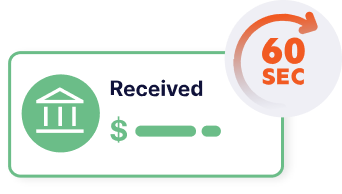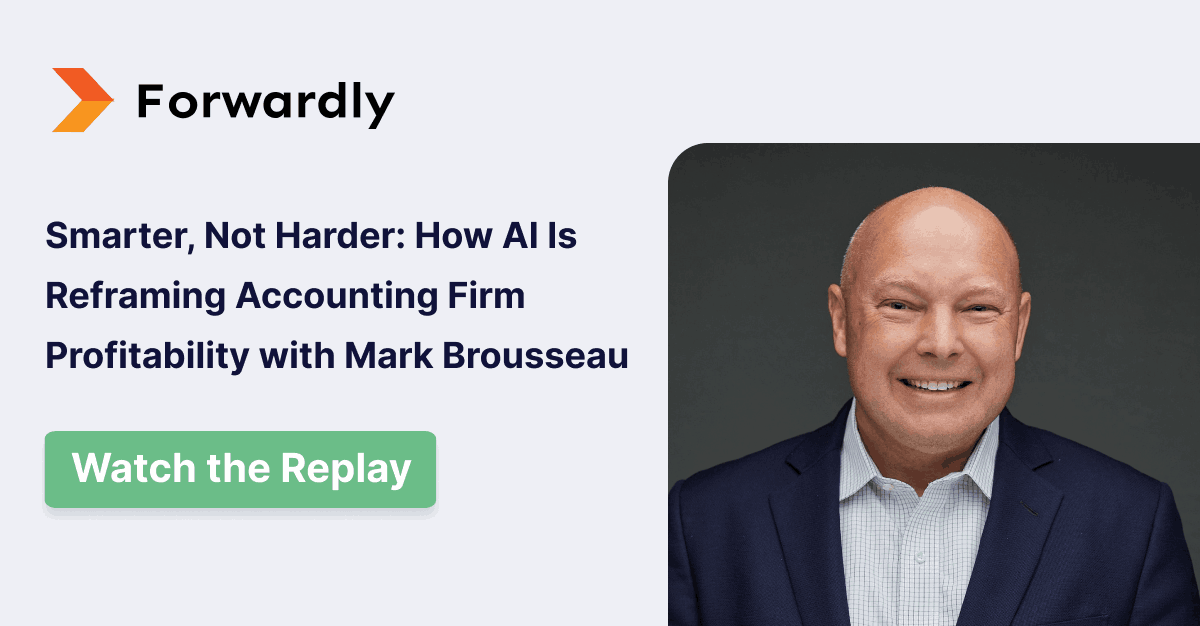Credit cards can be lifesavers for managing cash flow and covering unexpected expenses in your small to medium-sized business (SMB). But if you don’t understand how credit card interest works, that friend could turn into a sneaky troublemaker.
Many business owners find themselves in a bit of a pickle because they don’t quite grasp how interest can snowball. Don’t worry—this blog will help you decode the mysteries of credit card interest, and how it affects your business, and provide some practical (and hopefully not too dull) tips to keep you out of financial hot water.
How credit card interest works
Calculating credit card interest
Credit card interest isn’t just a simple percentage—it’s influenced by a few factors, including your Annual Percentage Rate (APR). The APR tells you the yearly cost of borrowing on your card. And if you thought that was straightforward, think again! Interest compounds daily, meaning every day’s interest gets added to your balance, which then accrues even more interest.
Chase explains that, “Your due date will be a minimum of 21 days after the close of each billing cycle. We will not charge you interest on new purchases if you pay your entire balance or Interest Saving Balance by the due date each month.” But, be aware that interest starts on balance transfers and cash advances from the transaction date.
APR and daily compounding
The APR is your annual interest rate, but interest doesn’t just sit around waiting for the end of the year to charge you. It compounds daily, so your balance is like a snowball rolling down a hill—getting bigger and bigger. If you’re only making minimum payments, that snowball can turn into an avalanche of debt. Even though Chase gives you a grace period, minimum payments mean your balance is always growing.
Daily interest accumulation
Interest keeps adding up daily, even if you’re making only the minimum payment. This means your balance can increase faster than you might expect. To keep your balance from ballooning, aim to pay off your balance as soon as possible.
How credit card interest hurts your bottom line
Financial downsides of carrying a balance
Carrying a balance on your business credit card is like having a leaky bucket. No matter how much money you pour in, it just keeps draining away. High-interest rates mean more of your hard-earned cash is going to pay off interest rather than fueling your business goals. According to the Federal Reserve, 45.8% of cardholders carry a revolving balance each month. Instead of growing your business, you might end up stuck in a perpetual cycle of debt and frustration.
Slowing down business growth
High credit card debt and interest can seriously hit the brakes on your business growth. The more you owe, the less cash you have to invest in new opportunities or expand your operations. It’s like being stuck in traffic when you’re trying to get to your dream destination—frustrating and demoralizing.
Impact on business credit score
High balances and missed payments are like leaving a giant “kick me” sign on your business credit score. A lower credit score can make it harder to get favorable loans or credit terms in the future.
How your business can avoid the credit card debt trap
Reviewing your credit card statements
Think of reviewing your credit card statements as giving your finances a regular check-up. It’s essential to understand how much interest you’re paying and where your money is going. Chase advises, “We will not charge you interest on new purchases if you pay your entire balance or Interest Saving Balance by the due date each month.” By staying on top of your APR, fees, and interest charges, you’ll be less likely to get blindsided by unexpected costs and can make smarter financial decisions.
Building a financial cushion
By setting aside money for emergencies, you won’t be as tempted to lean on your credit cards. With a solid financial cushion, you can manage your cash flow more effectively and avoid accumulating unnecessary debt.
Creating a debt repayment plan
Make a plan to pay down your credit card debt and stick to it. Focus on tackling high-interest balances first, and try to pay more than the minimum whenever you can. Regularly review your progress and adjust your plan as needed to stay on track.
Improving your cash flow
Boosting your cash flow is a smart way to avoid relying on credit card payments. With payment solutions like Forwardly, you can get paid in under 60 seconds with FedNow instant payments for just a 1% fee capped at $10, and pay your business bills for free. When your cash flow is strong, you can handle expenses more easily and avoid falling into debt traps. Instead of juggling credit card balances and worrying about interest rates, you’ll have the liquidity to cover costs as they arise.
By using Forwardly, you can streamline your payment processes, reduce reliance on credit, and focus on growing your business rather than managing debt. Ready to boost your cash flow? With Forwardly, there are no subscription fees, and it integrates seamlessly with your accounting software. Start managing your finances more effectively today for free and keep your business on track!
 Back to Blog
Back to Blog


